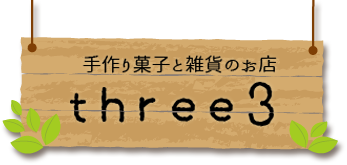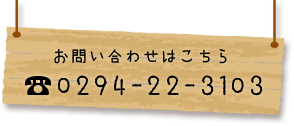End User Assignment Agreement
2023年4月9日
As the world becomes more digital, there has been an increase in the number of end user assignment agreements. These agreements are designed to protect the interests of the individual or company that created a particular software or program. It ensures that they maintain the rights to their intellectual property and that the end user does not misuse it. In this article, we will discuss the importance of end user assignment agreements and what they entail.
What is an End User Assignment Agreement?
An end user assignment agreement, also known as an end user license agreement, is a legal contract between the creator of a software or digital product and the person or company using it. This agreement outlines the terms and conditions for using the software or program. The agreement typically includes a section that outlines the terms and conditions for using the software or program. This section will include clauses that explain how the software can be used, how many times it can be installed, and whether the end user can make copies of it.
Why are End User Assignment Agreements Important?
End user assignment agreements are crucial for both the creator and the end user of the software. For the creator, the agreement protects their intellectual property. It also ensures that they retain exclusive rights to the software or program. This means that they can control how the software is used, distributed, and modified. The agreement can also protect the creator from liability should the end user misuse the software.
For the end user, the agreement provides legal protection. It outlines the terms and conditions of use, ensuring that they understand what is expected of them. This can help prevent any misunderstandings or disputes down the road. The agreement also ensures that the end user is aware of their rights and responsibilities regarding the software.
What is Included in an End User Assignment Agreement?
An end user assignment agreement typically includes several key clauses. These clauses will differ depending on the type of software or program being used. Here are some of the clauses that may be included:
1. Grant of License: This clause outlines the terms of use for the software or program. It will detail the scope of the license, including whether it is exclusive or non-exclusive.
2. Restrictions on Use: This clause outlines the restrictions on how the software can be used. For example, it may specify that the software can only be used for non-commercial purposes.
3. Intellectual Property Rights: This clause outlines the creator`s rights to the intellectual property associated with the software. It ensures that the creator retains exclusive rights to the software and that the end user does not infringe on these rights.
4. Termination: This clause outlines the circumstances under which the agreement can be terminated. For example, if the end user breaches the terms of the agreement, the creator may terminate the license and prohibit the use of the software.
5. Limitation of Liability: This clause limits the creator`s liability in the event that the end user uses the software in a way that causes harm to themselves or others.
Conclusion
End user assignment agreements are vital for protecting the interests of both the creator and the end user of a particular software or program. These agreements ensure that the creator retains exclusive rights to their intellectual property and that the end user uses the software responsibly. It is essential for both parties to understand the terms and conditions outlined in the agreement fully. If you are a creator or end user of a particular software or program, it is crucial to have a comprehensive end user assignment agreement in place to protect your interests.



